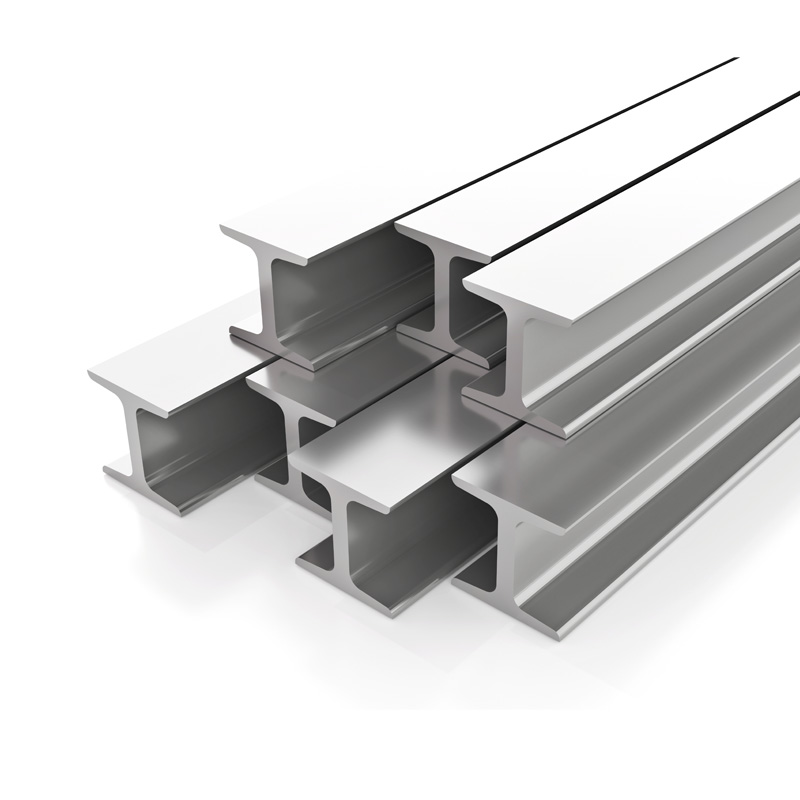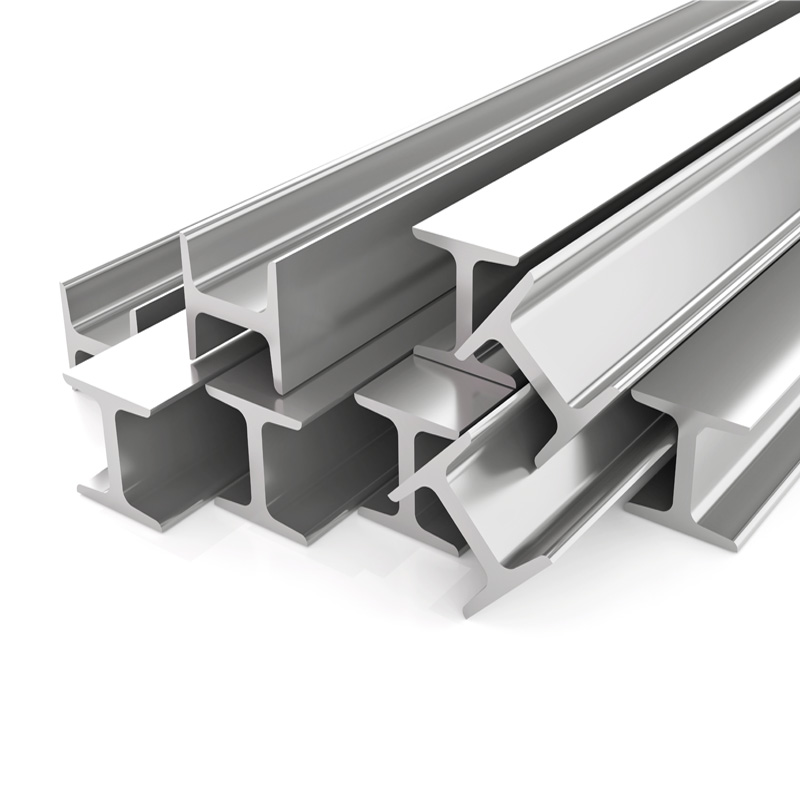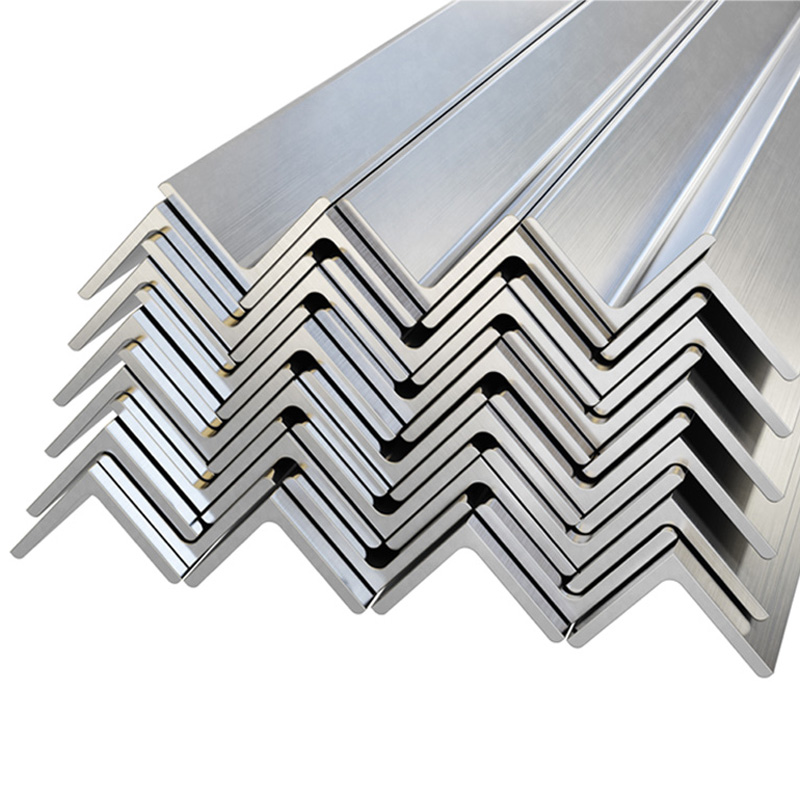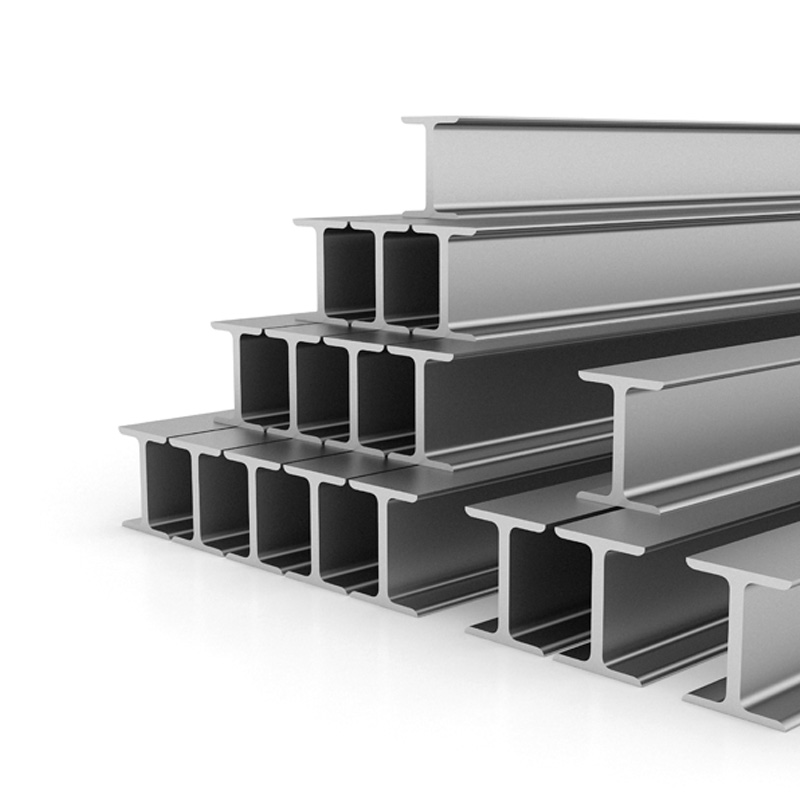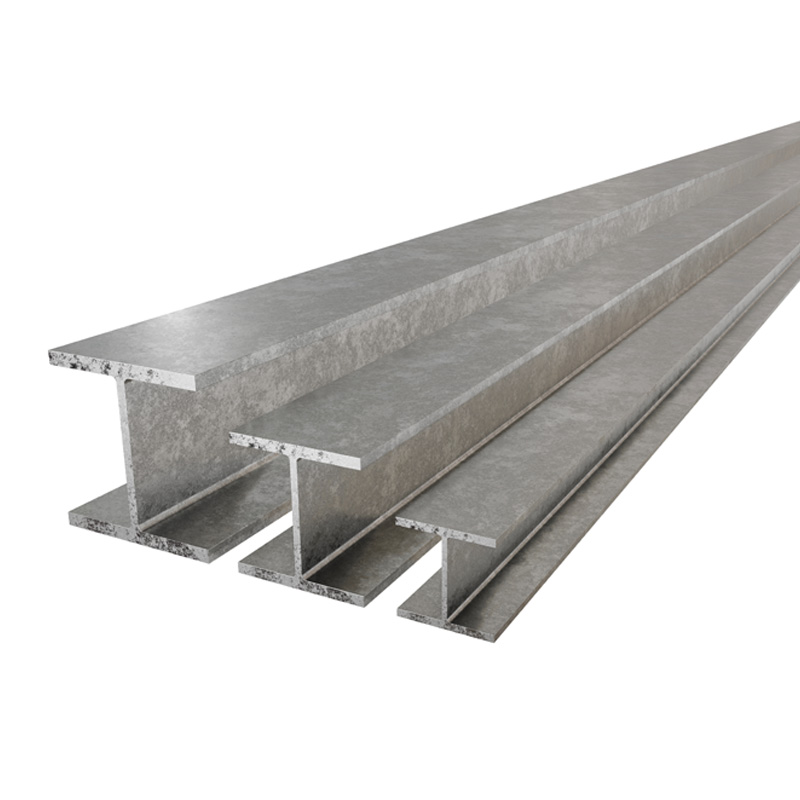HEB beams are a type of steel profile widely used in the construction sector for projects that require high strength and durability. Also known as "H-beam," these beams are preferred in structural support systems, especially in large-scale buildings, bridges, and industrial structures. Their symmetrical design allows for an even distribution of loads, ensuring a long-lasting and secure structure. Produced in various sizes and weights, HEB profiles offer solutions tailored to the specific needs of projects.
HEB steel is a type of structural element with wide flanges among steel profiles. Its cross-section structure resembling the letter "H" gives the profile its name. HEB profiles have thicker and wider flanges than other types of steel profiles, which provides high durability and strength. They are commonly preferred in construction projects with heavy load-bearing capacity.
The main features of HEB steel are as follows:
High strength: Designed to carry heavy loads.
Durability: Resistant to environmental factors.
Lightweight and easy installation: Despite its strong structure, it is easy to transport and assemble.
HEB steel is used for various purposes across many sectors. Here are the main areas of application:
1. Construction Projects
HEB profiles are frequently chosen for large-scale construction projects such as building frames, bridges, shopping centers, and high-rise buildings. Their high load-bearing capacity makes these profiles ideal for projects requiring high strength.
2. Industrial Buildings
Steel structural elements used in factories, warehouses, and industrial facilities are often made from HEB steel. The durability and longevity of these structures are among the advantages provided by HEB profiles.
3. Machinery and Equipment Manufacturing
HEB steel is commonly found in the structural elements of heavy machinery and equipment. Its robust structure ensures resistance to vibration and impact.
4. Infrastructure Solutions
HEB steel is used as a reliable construction material in railway bridges, highway viaducts, and other infrastructure projects.
What Are the Technical Features of HEB Steel?
HEB steel is diverse in terms of technical features and offers options suitable for every project. Here are the standout technical features of HEB profiles:
1. Cross-Section Structure
HEB profiles are characterized by their wide flanges and thick body. This structure provides high strength and stability.
2. Material Quality
They are typically made from steel with different quality grades such as S235, S275, and S355. These quality grades are chosen based on strength and intended use.
3. Surface Treatment Options
HEB steel can be treated with galvanization, painting, or special coatings for corrosion resistance. This feature ensures long-lasting use in outdoor environments.
4. Standardization
HEB profiles are manufactured in compliance with international standards. These standards guarantee the reliability and quality control of the profiles.
What Are the Standard Dimensions of HEB Profiles?
HEB steel is produced in various dimensions to meet the needs of different projects. Standard dimensions are determined based on the profile's height, width, weight, and cross-sectional area. Here are the common measurements of HEB profiles:
Height (h): Ranges from 100 mm to 1000 mm.
Width (b): Can be between 100 mm and 300 mm.
Weight: Varies from 20 kg to 200 kg per meter.
Thickness: The thickness of flanges and body varies according to the intended use.
Standard dimensions ensure easy integration and compatibility in projects.
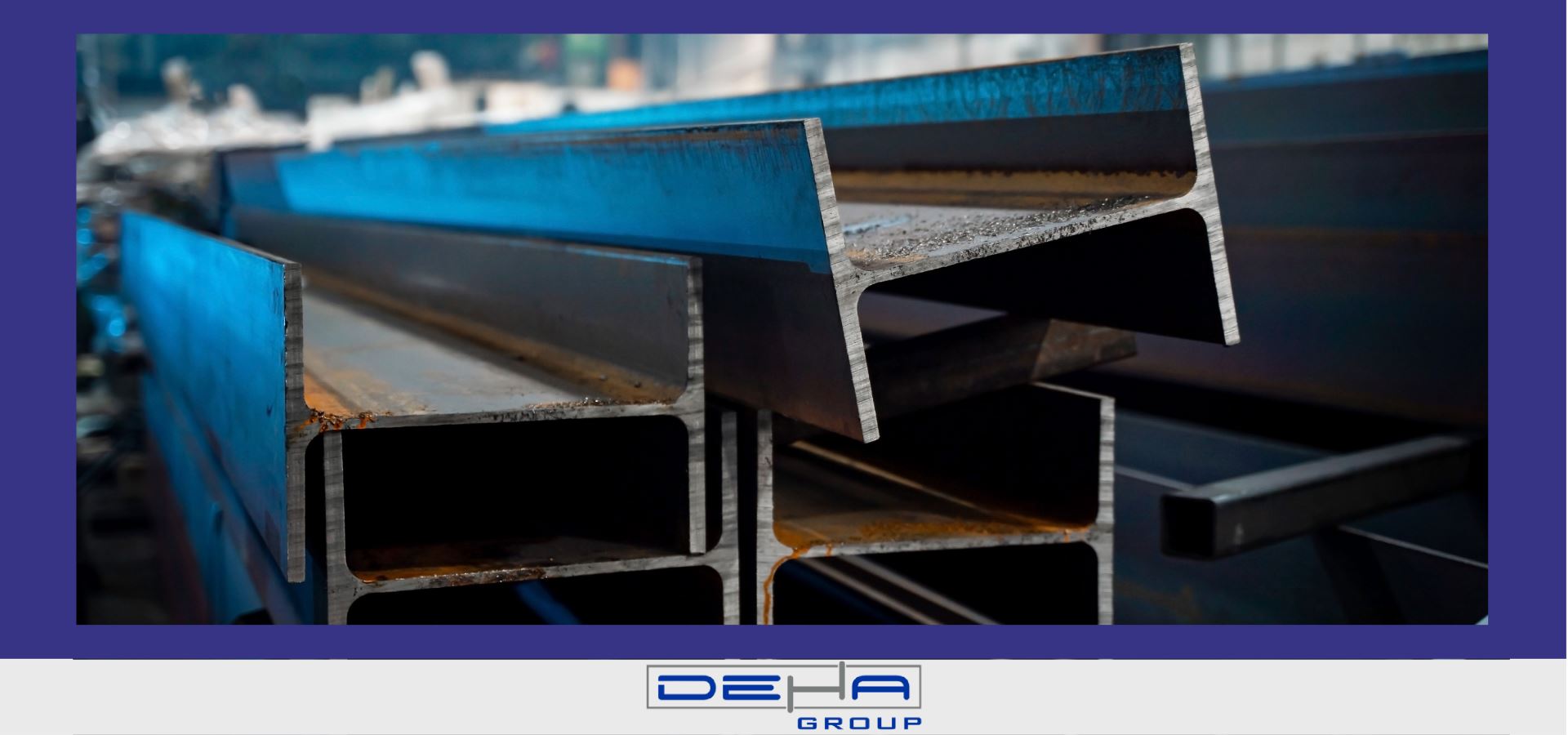
What Materials Are Used in the Production of HEB Steel?
During the production of HEB steel, high-quality steel materials are used to ensure high strength and durability. The main materials used in production include:
1. Carbon Steel
It is the primary component of HEB steel. The carbon ratio determines the strength and workability of the profile.
2. Alloy Steel
Alloy steels are preferred for additional durability and corrosion resistance. Elements like manganese, chromium, and nickel may be present in the steel composition.
3. Coating Materials
Galvanization or special paints protect HEB steel from external factors.
What Are the Differences Between HEB Steel and IPE Steel?
HEB steel and IPE steel are commonly used steel profiles in construction and industrial sectors, each with different characteristics. These two types of profiles are often chosen based on project requirements.
HEB steel typically has a wider cross-sectional area, offering greater load-bearing capacity. Due to the width of the cross-section, HEB steels are preferred for projects requiring high mechanical strength. In contrast, IPE steel has a thinner profile and is used in applications involving lighter structures.
Ideal Usage for Seismic Zones
Steel construction structures are particularly preferred in recent years for use in seismic zones due to their durability and typically being single-story structures. The fact that Turkey is an advanced and intermediate seismic zone, along with the durability of steel construction structures providing a guarantee for very long-term use, has led to increased interest in these structures. The production of steel construction structures involves creating architectural and engineering marvels. Thus, steel construction structures, which can be set up much faster than traditional buildings, make people’s choices easier. Moreover, compared to traditional methods, steel construction structures are much more cost-effective to build. The easy setup of steel construction structures provides a lifespan guarantee of up to a century.

 TR
TR

